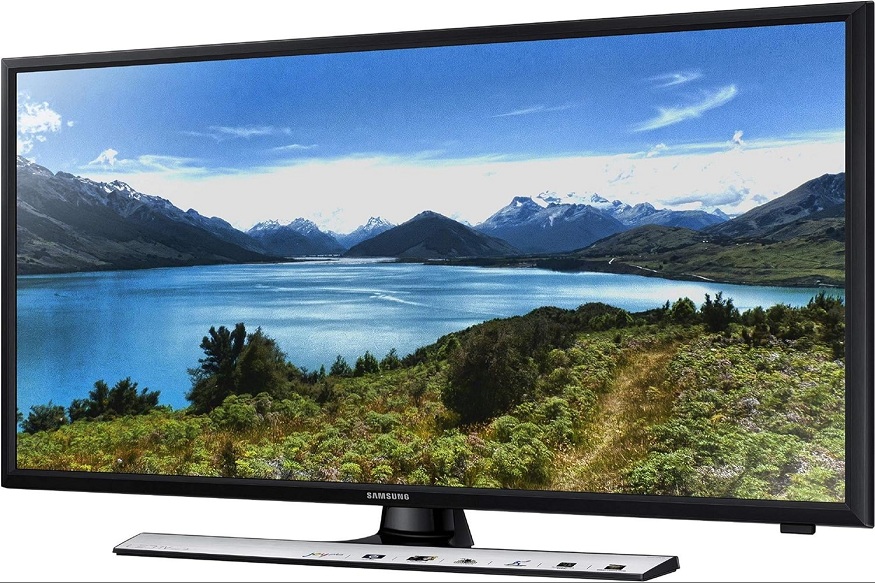With smartphones becoming more expensive every year, EMI options have made it easier than ever to own the latest model without paying the full price upfront. But while easy emi schemes promise affordability, there are important details many buyers miss. Before you sign up, understanding these often-overlooked points can help you avoid unexpected costs or regrets later.
Interest and Overall Cost
One of the most common mistakes buyers make is assuming that all easy emi plans are truly interest-free. In reality, unless you’re offered a genuine no-cost EMI, lenders often add interest to your monthly payments. This can increase the total price of your smartphone by several thousand rupees over the loan tenure. Always check the final repayment amount and calculate the difference compared to paying upfront.
Processing Fees and Hidden Charges
Whether you’re buying a tv on emi or a mobile phone, processing fees can quietly add to your expenses. Many EMI providers charge 1–3% of the product’s cost as a processing or documentation fee, which might not be clearly mentioned in advertisements. These charges are usually deducted upfront or added to your first EMI, increasing your initial payment.
Credit Score Impact
Missing EMIs can damage your credit score, especially when buying high-value electronics on easy emi. Even one missed payment can lower your score, affecting future loan eligibility or interest rates. On-time payments, however, help build your credit history positively, which is why it’s crucial to budget EMIs carefully.
Short vs. Long Tenure Decisions
Choosing the right EMI tenure makes a big difference. Longer tenures reduce your monthly payment but increase your total interest cost, while shorter tenures have higher EMIs but lower overall repayment. Many buyers focus only on the EMI amount without calculating the total cost over the period. Whether you’re purchasing a smartphone or tv on emi, always choose a tenure aligned with your monthly budget and financial goals.
Eligibility and Documentation
Not everyone automatically qualifies for easy emi plans. Lenders usually check your income, employment status, and credit history. Be ready with KYC documents like PAN, Aadhaar, and address proof. If you’re a student or don’t have a stable income, you may need a guarantor or a higher down payment.
Retailer and Brand Restrictions
Many retailers tie their EMI offers to specific banks, NBFCs, or EMI card partners. This means your existing credit card or EMI card may not work everywhere. Some brands also restrict no-cost EMI offers to selected models. Always verify eligibility at the store or online before finalising your purchase, especially if you’re comparing options for tv on emi or smartphones.
Impact of Add-On Offers
Extended warranties, insurance, or accessories bundled with your smartphone purchase can inflate your EMI without you realising it. While these extras can provide value, confirm whether they’re optional or compulsory. Declining unnecessary add-ons can help keep your EMI lower.
Alternatives Like BNPL
Buy Now, Pay Later (BNPL) services are popular alternatives to easy emi options, especially for younger buyers without credit cards. However, BNPL plans often come with hidden fees or steep penalties for late payments, which can turn a good deal into a costly mistake. Compare BNPL terms with traditional EMI plans before deciding.
Conclusion
Buying a smartphone on easy emi can make upgrading to the latest technology more accessible, but overlooking key details can cost you more than expected. From processing fees to tenure choices, eligibility conditions, and hidden charges, it’s important to review every aspect before committing. Whether you’re shopping for a new phone or tv on emi, understanding the fine print ensures you enjoy your purchase without financial regrets, giving you peace of mind and better control over your budget.

